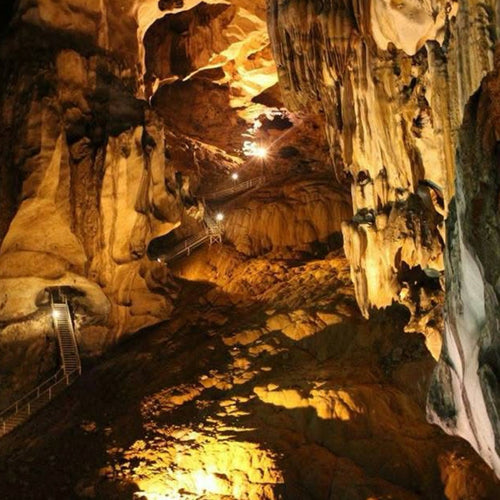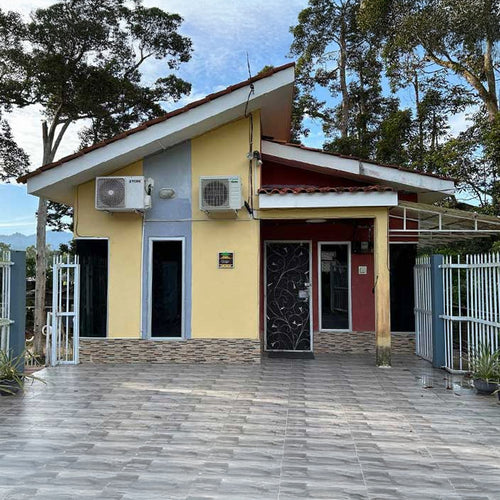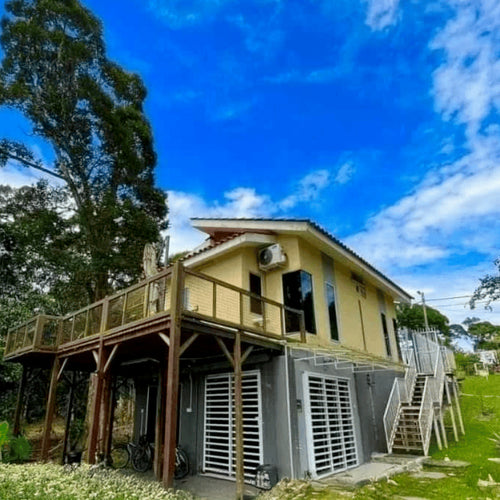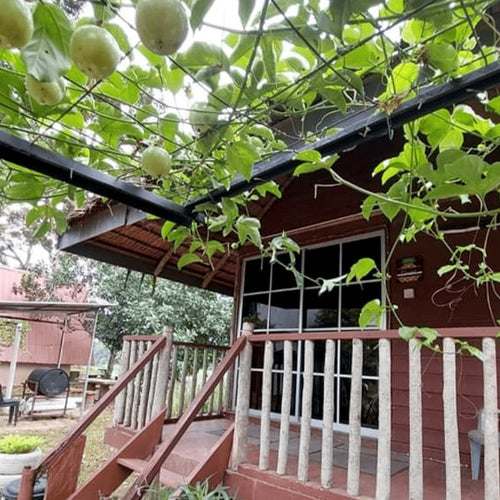Skip to product information


Kajang Cave, Lenggong
OPEN FOR PUBLIC. SOME AREAS MAY BE PROHIBITED.
CHARGES MAY APPLY FOR SOME AREAS OR ACTIVITIES.
This 35-meter-long tunnel-shaped cave, with a floor area of approximately 400 square meters, is part of the Lenggong Valley, a UNESCO World Heritage Site recognized for its archaeological significance.
Kajang Cave holds the distinction of being the first cave discovered in the Lenggong Valley in 1917. Archaeological excavations have unearthed evidence of human habitation dating back over 14,000 years, including skeletal remains and stone tools from the Palaeolithic, Epi-Palaeolithic and Neolithic periods. Notably, two female skeletons were found at the cave's entrance, one dating to approximately 10,820 years ago and the other to around 7,890 years ago.
Visitors to Kajang Cave can experience the cave's natural illumination, as sunlight filters through its entrances, highlighting the limestone formations within. The cave's dry floor and spacious interior made it an ideal shelter for prehistoric communities. Today, it offers a unique opportunity for visitors to walk through a site that once served as a home to early humans, providing a tangible connection to Malaysia's ancient past.
Access to Kajang Cave is available to the public, though it is recommended to arrange visits through local guides or the Lenggong municipality to ensure preservation of the site. The cave is part of a cluster of archaeological sites in the area, including Gunung Runtuh Cave, where the Perak Man - the oldest and most complete human skeleton found in Southeast Asia - was discovered.
For those interested in exploring further, the Lenggong Archaeological Gallery showcases a variety of artefacts from the region, offering deeper insights into the lives of Malaysia's earliest inhabitants. A visit to Kajang Cave and its surrounding sites provides an enriching experience for anyone keen on understanding the depth of human history in Southeast Asia.







